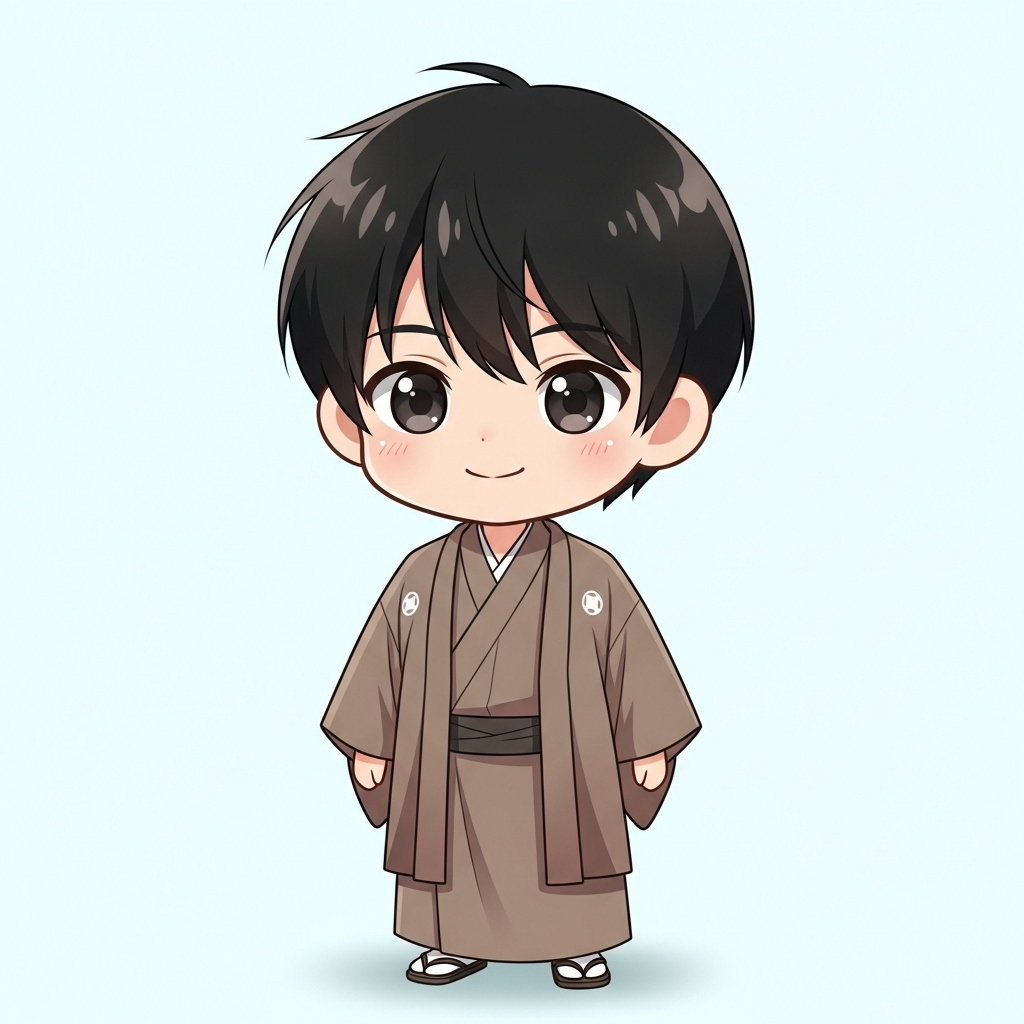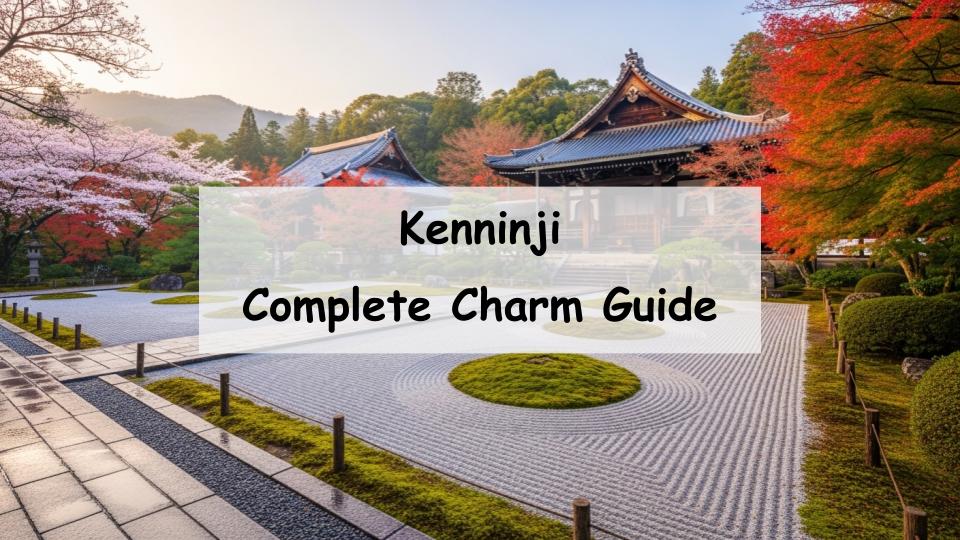Planning a trip to Kyoto and unsure where to go? If you’re looking for a peaceful and culturally rich spot, Kennin-ji Temple is a must-visit. Known as the oldest Zen temple in Japan, Kennin-ji offers breathtaking gardens, powerful fusuma (sliding screen) paintings, and centuries-old architecture that continues to inspire visitors. In this article, we’ll guide you through everything you need to know about Kennin-ji—from its historical background and major highlights to how to get there. By the end, you’ll likely find yourself adding this serene temple to your Kyoto itinerary.
What Is Kennin-ji? A Look into Its History and Background
Overview of Kennin-ji
Kennin-ji is a prominent Zen temple located in the Higashiyama area of Kyoto, near the famous Gion district. Founded in 1202, it is the head temple of the Kennin-ji branch of the Rinzai school of Zen Buddhism. Though close to Kyoto’s bustling tourist areas, Kennin-ji maintains a tranquil, meditative atmosphere that draws in both casual visitors and spiritual seekers.
Founding and Historical Background
Kennin-ji was established by the monk Eisai with support from the Kamakura Shogunate. Eisai had returned from China, bringing with him the teachings of Zen Buddhism, which he helped to popularize in Japan. Initially, the temple embraced teachings from Tendai, Shingon, and Zen sects, but it gradually developed into a leading Rinzai Zen institution. Its enduring historical significance is evident in its architecture, layout, and artistic legacy.
Cultural Significance of Kennin-ji
Kennin-ji is not only a historic site but also a cultural treasure. It houses numerous important artworks and cultural assets, including the iconic “Wind and Thunder Gods” screen by Tawaraya Sōtatsu and the dynamic ceiling painting of twin dragons. The temple embodies the principles of Zen while also serving as a space where art, architecture, and spirituality converge.
Highlights and Attractions of Kennin-ji
“Wind and Thunder Gods” by Tawaraya Sōtatsu
One of Kennin-ji’s most well-known treasures is the “Wind and Thunder Gods” screen, originally painted by Tawaraya Sōtatsu. While the original is kept at the Kyoto National Museum, a high-resolution replica is displayed at Kennin-ji. The bold depiction of wind and thunder deities on a golden background captivates viewers with its energy and elegance, making it a must-see artwork.
The Dry Landscape Garden “Daiou-en”
In front of the main hall lies “Daiou-en,” a serene karesansui (dry landscape) garden composed of white gravel, moss, and carefully placed stones. The minimalist design encourages quiet reflection, aligning perfectly with the Zen ethos. The garden’s appearance changes subtly with the seasons, making each visit a new experience.
Twin Dragons Ceiling Painting
To commemorate its 800th anniversary in 2002, a massive ceiling painting of twin dragons was created by artist Koizumi Junsaku. Measuring over 11 meters in length and 15 meters in width, the artwork covers the entire ceiling of the Dharma Hall. The dragons appear to swirl dynamically overhead, creating a powerful, immersive experience.
Fusuma and Screen Paintings
Kennin-ji’s interior spaces are decorated with a wide range of fusuma and wall paintings, from traditional masterpieces to contemporary interpretations. These artworks enhance the architectural spaces they inhabit and allow visitors to explore the rich artistic traditions of Zen temples.
Seasonal Beauty Through the Year
Cherry Blossoms and Fresh Greenery in Spring
Springtime at Kennin-ji brings vibrant cherry blossoms and lush greenery, providing a soothing backdrop for contemplation. The contrast between white gravel and vivid plant life creates a scene of refreshing beauty.
Autumn Colors in Fall
In autumn, the temple grounds transform as the leaves turn brilliant shades of red and orange. Early mornings are particularly magical, offering a peaceful atmosphere and stunning photo opportunities.
How to Enjoy Your Time at Kennin-ji
Recommended Route for a Relaxed Visit
To fully appreciate Kennin-ji, take your time strolling through the main hall, gardens, and sub-temples. A suggested route begins with the central Hojo (abbot’s quarters), followed by the Dharma Hall and then the smaller surrounding halls. Clearly marked pathways make it easy for first-time visitors to navigate.
Can You Experience Zazen or Sutra Copying?
Kennin-ji occasionally offers zazen (seated meditation) and sutra copying experiences. These sessions provide a rare chance to immerse yourself in Zen practice. Reservations may be required, so it’s best to check the official website beforehand.
Photography Tips and Etiquette
Photography is permitted in certain areas of the temple but prohibited in others, especially around sacred objects and original artworks. Always respect the signage. Popular spots include the dry landscape garden and the twin dragons ceiling painting. For the best light, visit during early morning or late afternoon.
Getting to Kennin-ji: Access and Directions
Nearest Stations and Public Transportation
Kennin-ji is about a 10-minute walk from both Keihan’s Gion-Shijo Station and Hankyu’s Kawaramachi Station. If using the Kyoto City Bus, get off at the Higashiyama Yasui stop and walk for about five minutes. It’s easily reachable from Kyoto Station in under 30 minutes.
Parking Information for Drivers
The temple does not have its own parking facilities. Visitors traveling by car should use nearby coin-operated parking lots. During weekends and peak seasons, parking may be limited, so public transport is generally the more convenient option.
Suggested Model Course with Nearby Attractions
Kennin-ji is close to other major sites like Yasaka Shrine, Kiyomizu-dera Temple, and the Gion district. A recommended course is to start your day with a visit to Kennin-ji, followed by a stroll through Gion and onward to Kiyomizu-dera for a full day of exploring Kyoto’s cultural heritage.
FAQs Before Visiting Kennin-ji
What Are the Admission Fees and Hours?
Admission is ¥600 for adults, ¥300 for high school students, and ¥200 for children. The temple is open from 10:00 AM to 4:30 PM, with last entry at 4:00 PM. Be sure to check the temple’s official site for updates before your visit.
When Is It Most Crowded?
Kennin-ji is relatively calm compared to other tourist spots, but it can get busy from 10:00 AM to 2:00 PM during peak seasons. For a quieter experience, consider arriving right at opening or in the late afternoon.
How Long Does It Take to Visit?
Plan to spend about one hour exploring Kennin-ji’s main buildings and gardens. If you take your time admiring the artwork or participating in a zazen session, allocate up to two hours.
Is It Suitable for Children or the Elderly?
Yes, the temple grounds are mostly flat and easy to navigate, making them accessible for visitors with strollers or wheelchairs. Some buildings require you to remove your shoes, so accompanying assistance may be helpful for elderly guests.
Conclusion: A Tranquil Escape at Kennin-ji
Kennin-ji offers a serene and culturally enriching experience, perfect for those seeking a deeper connection to Kyoto’s spiritual and artistic legacy. With its historical depth, artistic treasures, and seasonal beauty, the temple provides a space for quiet reflection and inspiration. Whether it’s your first visit to Kyoto or a return trip, Kennin-ji is a destination that will leave a lasting impression.
A Message from the Guide

With its gardens and cultural treasures, it is one of the temples that has left a deep impression on me.










Comment